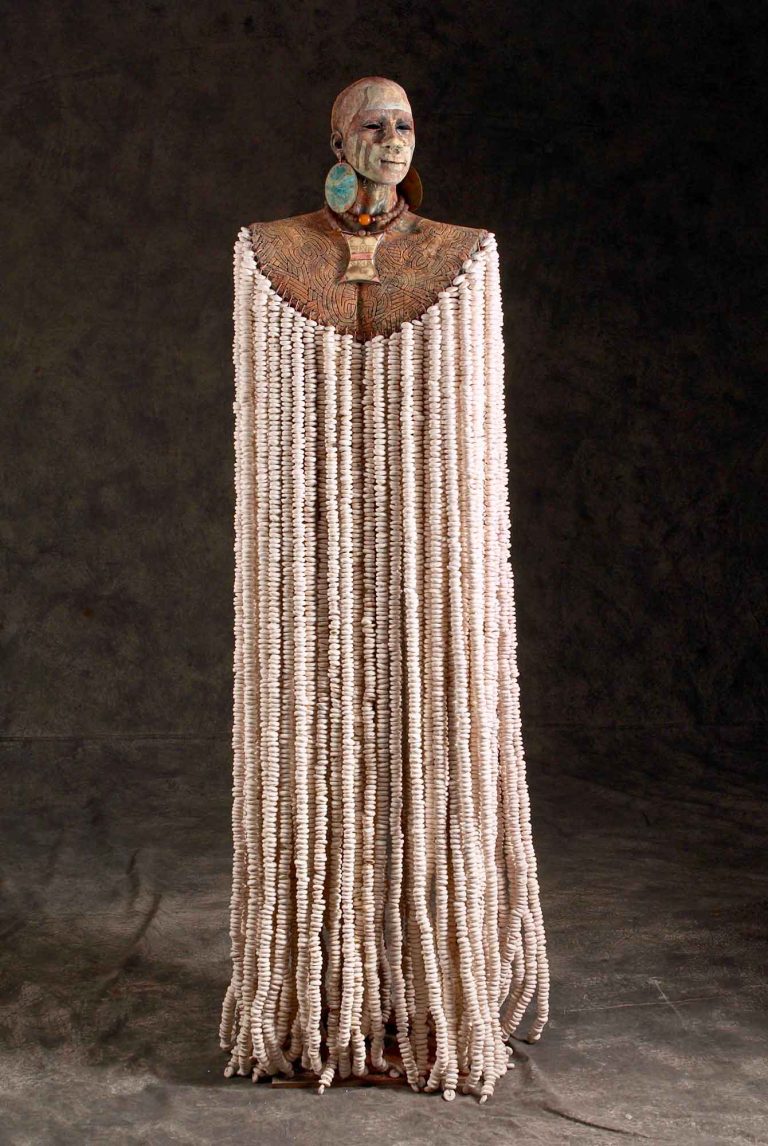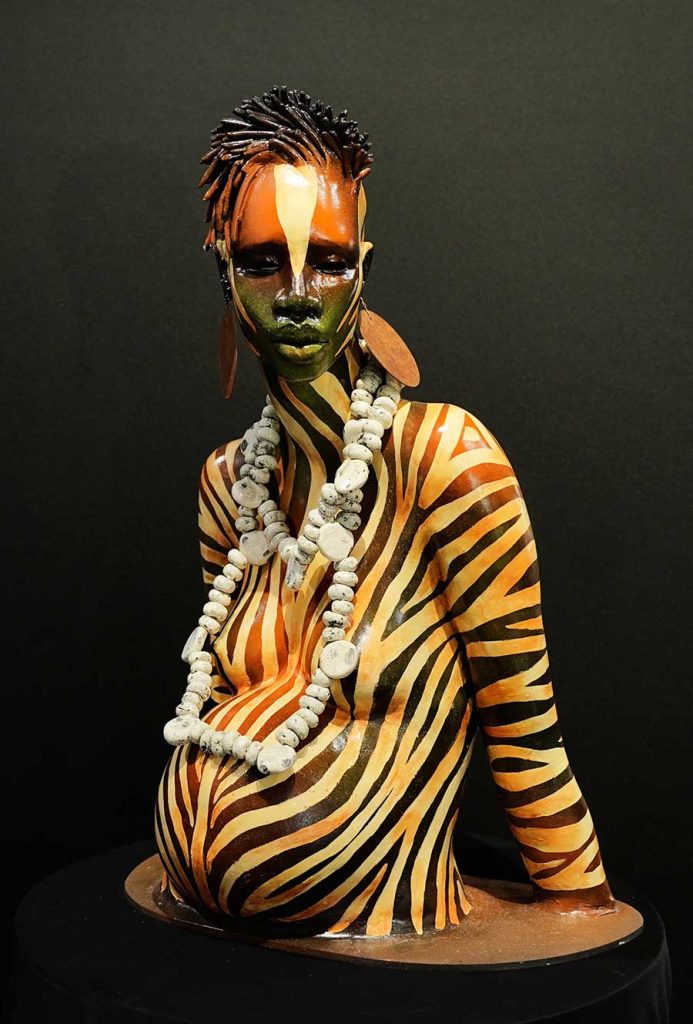No products in the cart.
How do contemporary artists grapple with complex art practices? In an increasingly visually saturated world, artists hold power to shift paradigms, create social change, and impart impactful messages on their surrounding communities. Many professional artists choose to connect modern concepts with historical practices to tribute their roots and traditions that may have otherwise been forgotten. We see this connection within Woodrow Nash’s contemporary African statues.
Woodrow Nash’s sculptures intersect a contemporary visual language of realism, rich with the significant material culture of clay, with a historical ideology that references African statues and art.
Through this juxtaposition, he examines the human physique from both a physical and spiritual lens; he constructs ceramic artworks that highlight both the body’s natural and mythological form. His empty-eyed sculptural busts hauntingly develop their own personalities, referencing the intricateness of the human body, while simultaneously calling upon male and female archetypes.





